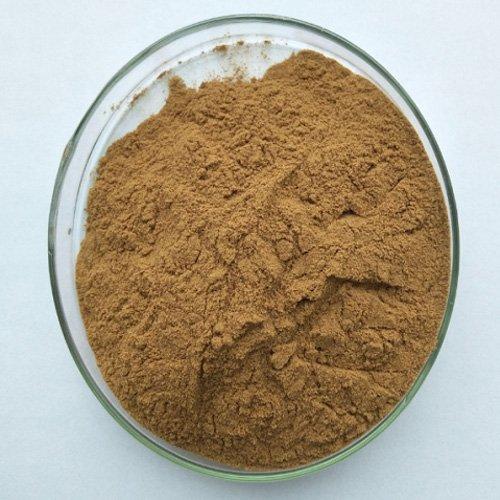**When Does Silicon Throw a Fiery Tantrum? The Science Behind Its Boiling Point**
(What Is The Boiling Point Of Silicon)
Silicon sits quietly in your phone, computer, and even the solar panels on your roof. It’s everywhere in tech, but how much do you know about its wild side? Let’s talk about what happens when this humble element gets hot enough to lose its cool.
First, think about boiling water. Water bubbles and turns to vapor at 100°C. Now picture silicon. It doesn’t just boil. It throws a full-blown cosmic fit. The boiling point of silicon is 3,265°C. That’s hotter than a volcano’s lava or even the surface of Mercury. Why does it need so much heat to transform?
Silicon atoms are clingy. They form strong bonds in a rigid structure. Breaking those bonds isn’t easy. Think of it like a crowded dance floor. Everyone’s holding hands tightly. To get people to let go and leave, you need to crank up the energy. For silicon, that energy comes from extreme heat.
But why care about silicon boiling? It’s not like we’re cooking with it. The answer hides in how we use silicon. Computer chips, solar cells, and spacecraft parts all rely on purified silicon. To make these, scientists melt and vaporize silicon to remove impurities. Knowing its boiling point helps control these processes.
Here’s a fun fact. Silicon’s boiling point isn’t just a number. It’s a clue about its role in the universe. Stars produce silicon through nuclear fusion. When those stars explode, silicon gets scattered into space. Later, it becomes part of planets, rocks, and even your gadgets. That 3,265°C boiling point? It’s a tiny piece of a cosmic story.
Let’s get back to Earth. Imagine a lab where scientists work with molten silicon. They use special furnaces that hit temperatures over 3,000°C. These aren’t ordinary ovens. They’re built to handle conditions closer to the sun’s surface than a kitchen stove. Safety gear? Think heat-resistant suits, not aprons.
Silicon’s boiling behavior also explains why it’s tough to recycle. Old electronics contain silicon, but melting it down requires insane energy. Companies spend millions to build facilities capable of handling such heat. Next time you upgrade your phone, remember the fiery journey its silicon parts might take.
Now compare silicon to its neighbors on the periodic table. Carbon, right above it, turns to gas at 4,827°C. Germanium, below silicon, boils at 2,830°C. Silicon sits in the middle. This pattern helps scientists predict how elements behave. It’s like a family tree where everyone’s tempers run hot, but some hotter than others.
Ever wonder how we even discovered silicon’s boiling point? Early chemists had to experiment without modern tools. They heated minerals, observed reactions, and pieced together clues. Today, advanced instruments measure exact temperatures, but the thrill of discovery remains the same.
(What Is The Boiling Point Of Silicon)
Silicon’s boiling point isn’t just trivia. It’s a bridge between everyday tech and extreme science. From the phone in your hand to dying stars, this element links the ordinary and the extraordinary. The next time you use a device, take a second to appreciate the cosmic drama baked into its silicon heart.
Inquiry us
if you want to want to know more, please feel free to contact us. (nanotrun@yahoo.com)




